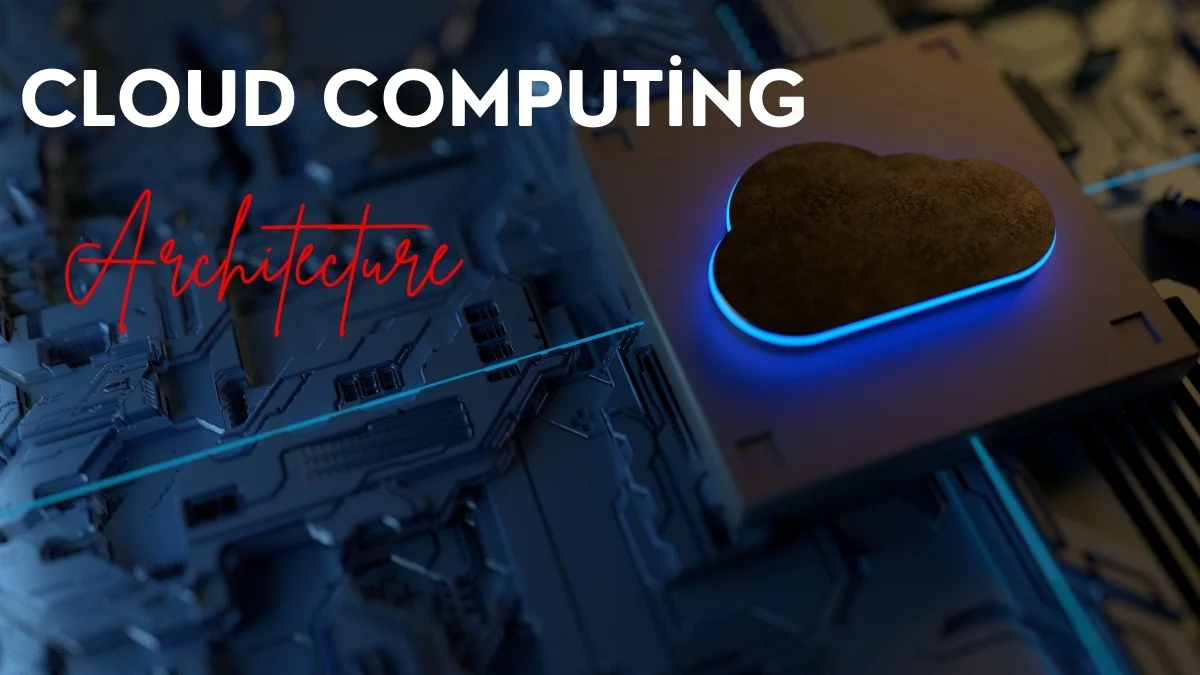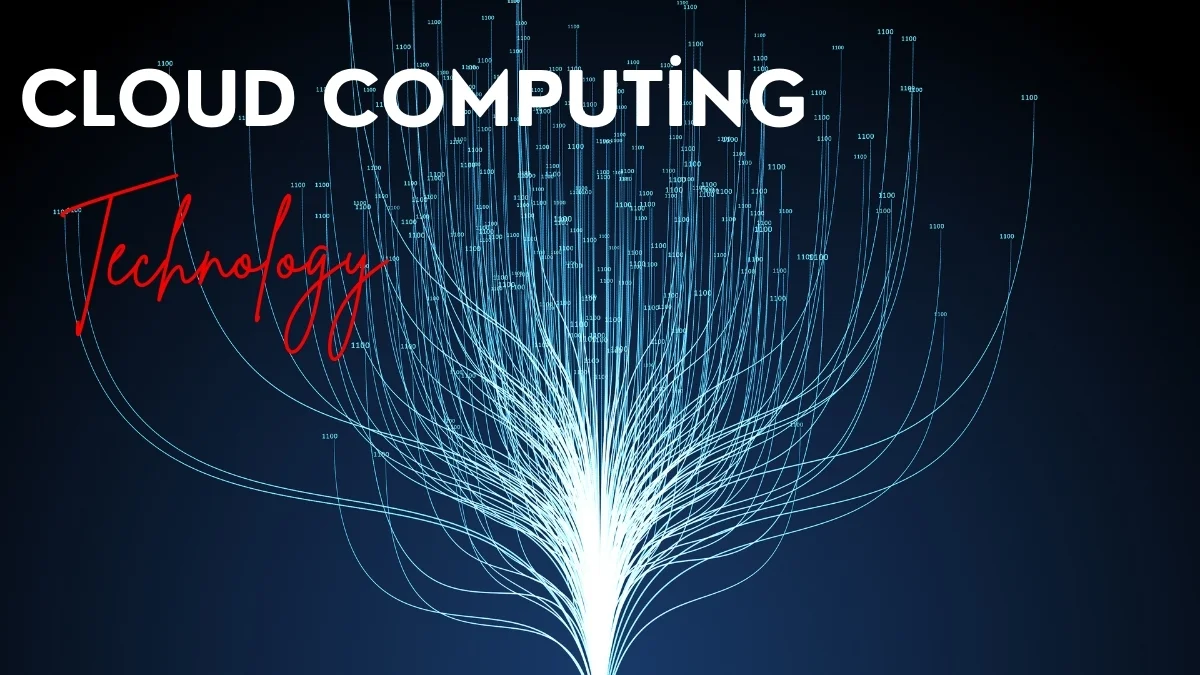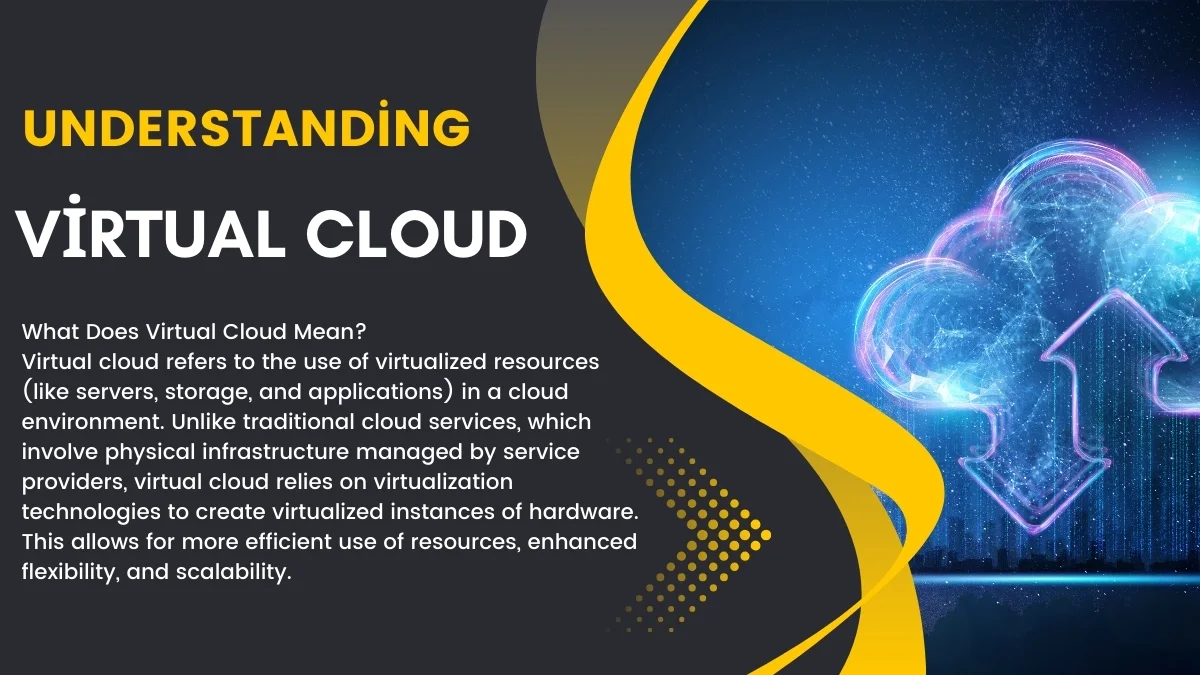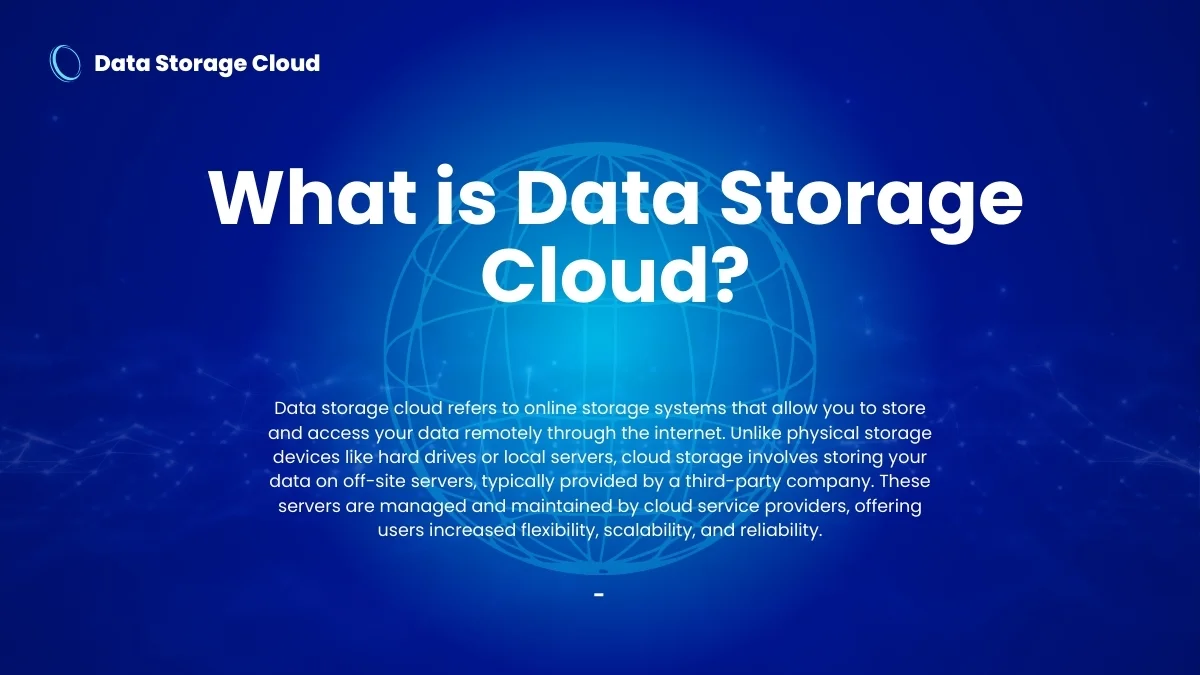Understanding Cloud Computing Architecture: A Deep Dive into the Backbone of the Cloud
Cloud computing has completely transformed how businesses operate, shifting data storage, software, and applications to remote servers. At the heart of cloud computing is its architecture. Without a solid cloud computing architecture, none of the benefits of the cloud, like scalability, flexibility, or on-demand services, would be possible. In this article, we’ll explore what cloud computing architecture is, its key components, types, and how it shapes modern technology.
What is Cloud Computing Architecture?
Defining Cloud Computing Architecture
At its core, cloud computing architecture refers to the structured layout of the services, systems, and networks involved in providing cloud services. This architecture is essential in ensuring the effective delivery, security, and performance of cloud-based solutions. Simply put, it’s the blueprint that enables all cloud services, from virtual machines to databases, to work seamlessly together.
The Role of Cloud Computing Architecture
Cloud computing architecture serves as the foundation for cloud services. It includes various technologies and platforms that allow applications and data to be stored, processed, and accessed remotely. Whether it’s the infrastructure to support cloud-based applications or the backend systems that run virtual machines, cloud computing architecture ensures that everything functions smoothly and efficiently.
Key Components of Cloud Computing Architecture
Front-End and Back-End
A good analogy for cloud computing architecture is a restaurant: the front-end is everything the customer sees, while the back-end is what happens behind the scenes. The front-end includes the client interface—like web browsers or apps—that users interact with. On the other hand, the back-end is where all the heavy lifting happens, involving the cloud servers, databases, and software that store and process data.
Cloud Storage
Cloud storage is one of the key components of cloud computing architecture. It refers to the systems that hold vast amounts of data and make it accessible over the internet. Whether it’s storing documents in Google Drive or running databases in Amazon Web Services (AWS), cloud storage ensures that businesses don’t have to rely on physical hardware for storing critical data.
Cloud Services
Cloud services form the backbone of cloud computing architecture. These are the various offerings that provide everything from virtual machines to cloud-based storage. Examples include infrastructure-as-a-service (IaaS), platform-as-a-service (PaaS), and software-as-a-service (SaaS). These services allow users to run applications and store data without needing physical infrastructure.
Types of Cloud Computing Architectures
Public Cloud Architecture
In a public cloud architecture, the cloud infrastructure is owned and operated by third-party providers, offering resources like computing power and storage over the internet. Amazon AWS and Microsoft Azure are examples of public cloud providers. Public clouds are ideal for businesses that need scalable solutions without investing in physical infrastructure.
Private Cloud Architecture
A private cloud architecture is dedicated solely to one organization. It provides more control over the infrastructure and security but requires greater investment. Private clouds are often used by companies that have specific regulatory or security requirements, such as financial institutions or healthcare providers.
Hybrid Cloud Architecture
Hybrid cloud architecture combines both public and private clouds, offering the flexibility of the public cloud while maintaining the control and security of a private cloud. This approach is beneficial for businesses that need to balance scalability with sensitive data storage.
The Importance of Cloud Computing Architecture
Scalability and Flexibility
One of the greatest advantages of cloud computing architecture is scalability. With cloud services, businesses can expand or shrink their resources based on demand. Whether it’s adding more servers during peak usage times or scaling down after a busy period, cloud computing architecture provides unmatched flexibility.
Security and Data Integrity
Security is a top priority in cloud computing. Cloud computing architecture integrates robust security measures like encryption, firewalls, and access control to ensure data integrity and prevent unauthorized access. The architecture also ensures that backups and recovery plans are in place, minimizing the risk of data loss.
How Cloud Computing Architecture Supports Cloud-Based Applications
Performance Optimization
Cloud computing architecture enables optimization of application performance by distributing workloads across multiple servers. This ensures that cloud-based applications can run smoothly, even during heavy traffic periods, by balancing the processing load efficiently.
High Availability and Reliability
The cloud computing architecture is designed to offer high availability and reliability. Redundant systems and backup servers ensure that cloud applications remain accessible, even if one server fails. This design significantly reduces downtime, which is crucial for businesses that rely on continuous operation.
Challenges in Cloud Computing Architecture
Complexity of Integration
While cloud computing architecture offers many benefits, integrating it into existing systems can be complex. Businesses often struggle with migrating legacy systems to the cloud and ensuring compatibility between on-premise infrastructure and cloud resources.
Cost and Resource Management
Managing the costs and resources in cloud computing architecture can be tricky. Businesses need to carefully plan their cloud usage to avoid over-provisioning, which can lead to unnecessary expenses. Proper resource management ensures that businesses only pay for what they use, making the most of cloud resources.
Future of Cloud Computing Architecture
The Rise of Edge Computing
Edge computing is an emerging trend that brings cloud computing closer to the user by processing data at the “edge” of the network. This is especially useful for real-time applications, such as autonomous vehicles or industrial IoT devices, where low latency is crucial.
AI and Machine Learning in Cloud Architecture
AI and machine learning are becoming integral parts of cloud computing architecture. By leveraging the computational power of the cloud, businesses can run complex algorithms, analyze big data, and derive insights in real-time, enhancing decision-making and automation.
Conclusion
Cloud computing architecture is the unseen powerhouse that drives cloud services. It supports everything from cloud-based applications to cloud storage, offering businesses scalability, flexibility, and security. As technology continues to evolve, so too will cloud computing architecture, pushing the boundaries of what’s possible with the cloud.
Frequently Asked Questions (FAQs)
- What is cloud computing architecture?
- Cloud computing architecture refers to the components and systems that work together to provide cloud services, including servers, storage, and networking.
- What are the different types of cloud architectures?
- The main types of cloud architectures are public, private, and hybrid clouds, each offering varying levels of control, security, and scalability.
- Why is scalability important in cloud computing?
- Scalability allows businesses to adjust their resources in real-time based on demand, making cloud computing both cost-effective and flexible.
- How does cloud computing architecture ensure security?
- Cloud computing architecture includes various security measures like encryption, firewalls, and access control to protect data and prevent unauthorized access.
- What role does AI play in cloud computing architecture?
- AI helps optimize cloud services, such as performance and data analysis, by leveraging the computing power and flexibility of the cloud infrastructure.








